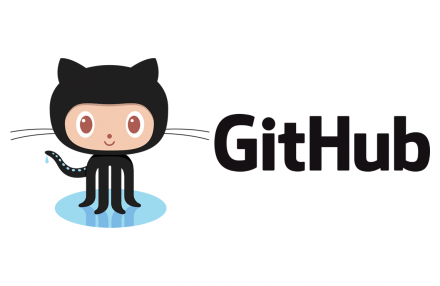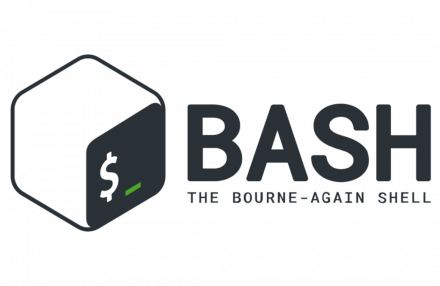Authentication: verify who a user is
Authorization: verify what a user can do (user permission to access a resource)
OAuth
- Open Authorization (OAuth, current is OAuth 2.0)
- give one application permission (i.e. Notebook App) to access your data in another application (i.e. Google Account contact list)
- Authorization process (to grant permission, or consent)
- Terminologies
- Recource Owner (a user)
- Client (i.e. Notebook App) (Service Provider)
- Authorization Server (Google Authorization server) (Identify Provider)(IdP)
- Resource Server (Google API Server)
- Redirect URI (a link of Notebook App)
- Response Type (in code format, Notebook App want an Authorization Code from Google)
- Scope (Notebook App want to access what kind of user information)
- Consent (a window in Google to ask user whether to ALLOW or DENY access)
- Client ID (Google used to identify Notebook App, setup in Google Developer console)
- Client Secret (Google used to identify Notebook App, setup in Google Developer console)
- Authorization Code (Notebook App receive from Authorization Server after user ALLOW access)
- Access Token (Notebook App receive it by trading Authorization Code with Authorization Server, used to communicate with Recource Server)
OIDC
OpenID Connect (OIDC)
- Single Sign-On (SSO)
- newer
- login using other 3rd party account (i.e. login to Notebook App using Google Account)
- Authentication process (establishing a login session, with information about the person logged in)
- built from the OAuth 2.0 (more features)
- JSON format
- Terminologies
- Identify Provider (Authorization Server)
- Access Token (client receive at final stage, is a string of gibberish)
- ID Token (client receive at final stage, is a JWT with user information)
- Claims (data inside ID Token, inside a JWT after decoded) <==> Assertion in SAML
- Same flow as OAuth, except
- Scope=OPENID
- Access Token + ID Token come back at the end
i.e. Google sign in button
SAML
Security assertion markup language (SAML)
- Single Sign-On (SSO)
- older
- Authentication process
- XML-based format
- verify the user’s identity and permissions
- Terminologies
- Service Provider (i.e. Notebook App)
- Identify Provider (IdP) (i.e. Google Authorization server)
- SAML Assertion (user data from IdP to the SP) <==> Claim in OIDC
- Same flow as OIDC
i.e. employee log on to gain access to any part of the company’s inner functions.
i.e. Network Admin manage users from a central location













